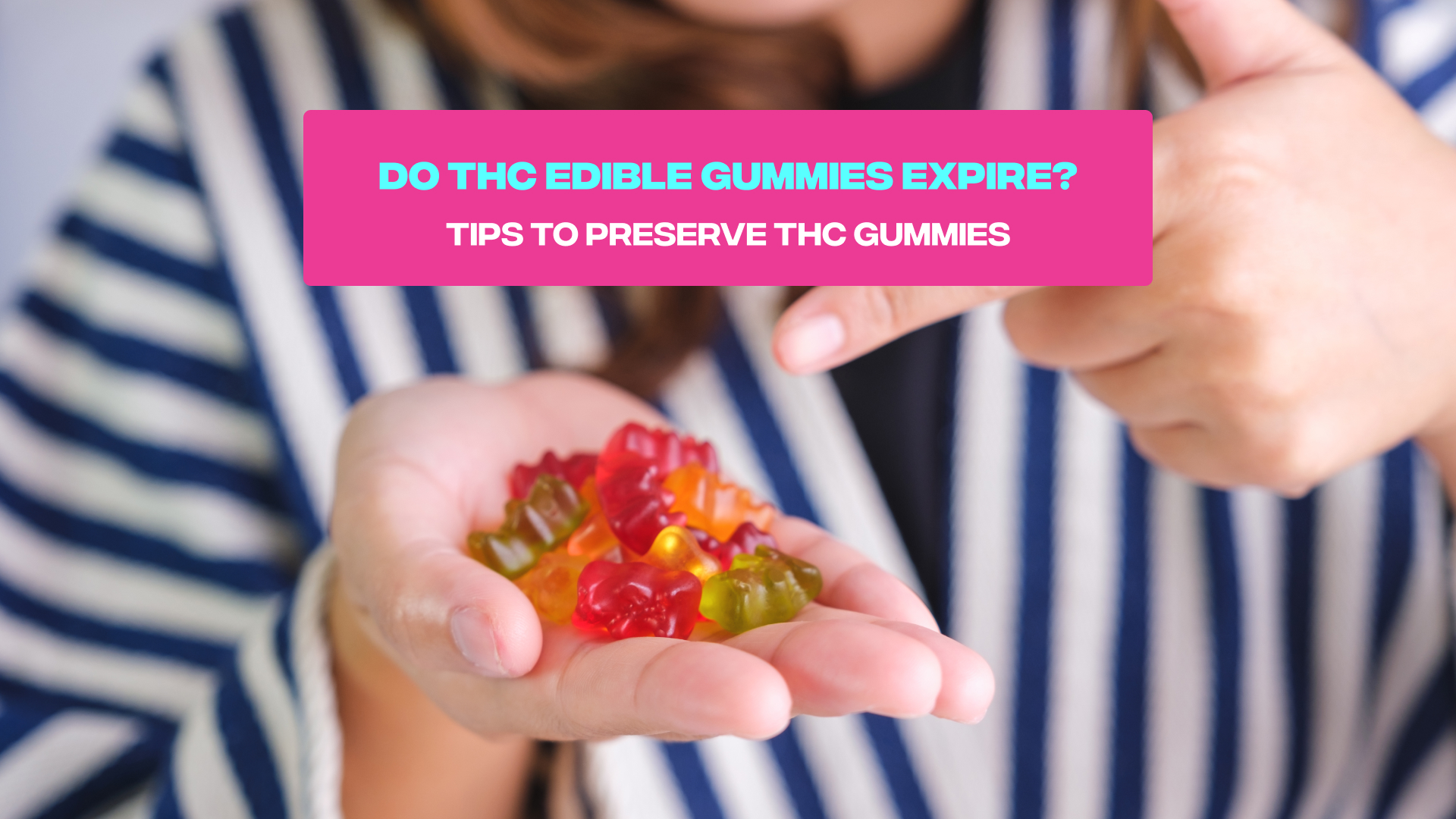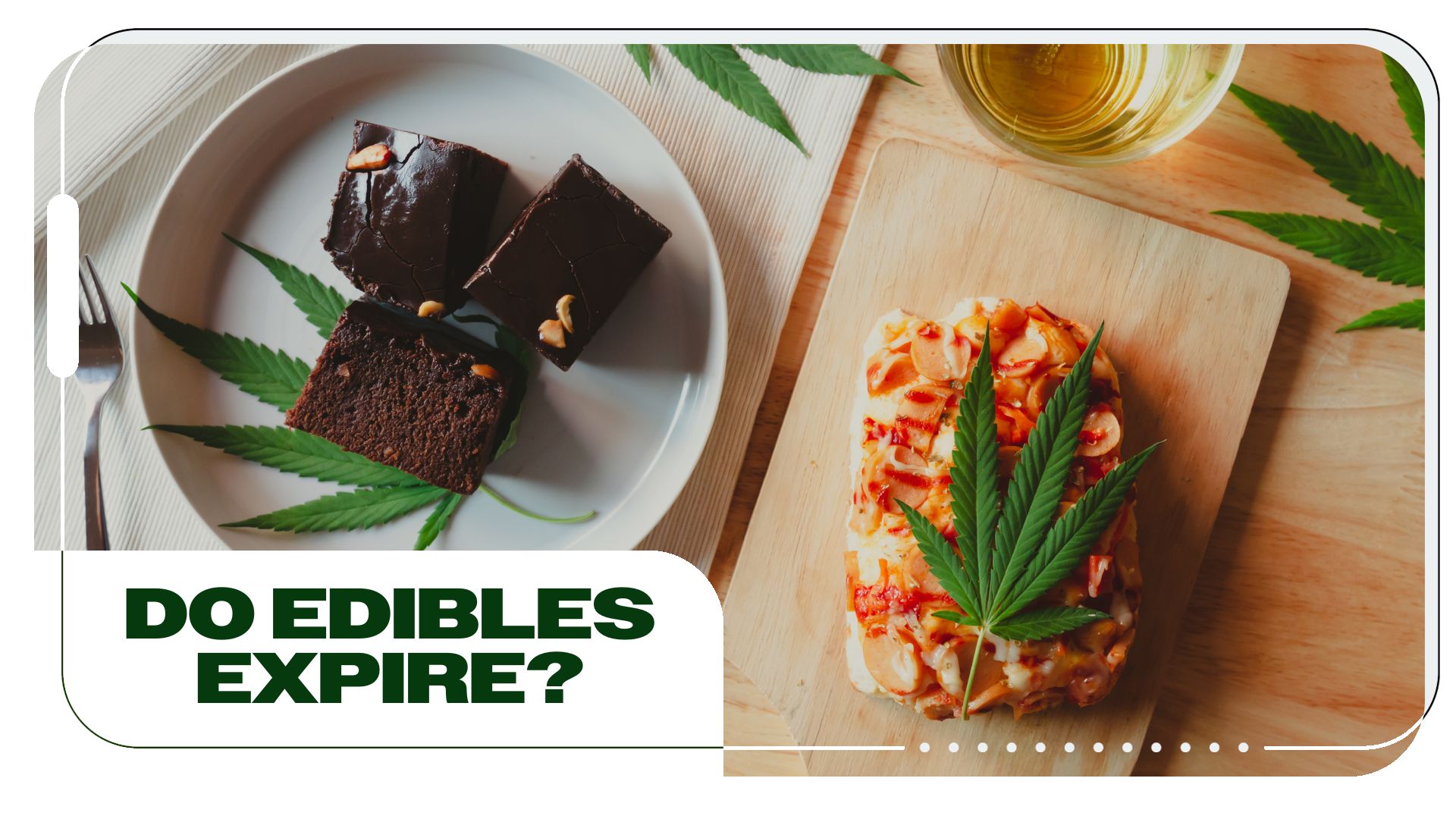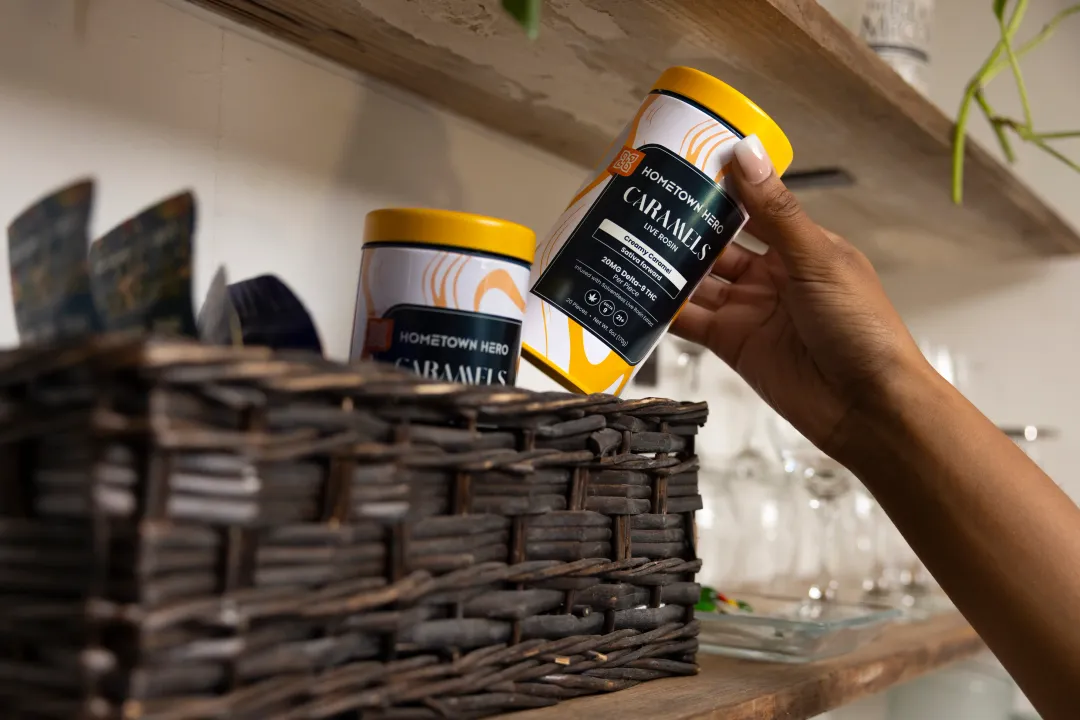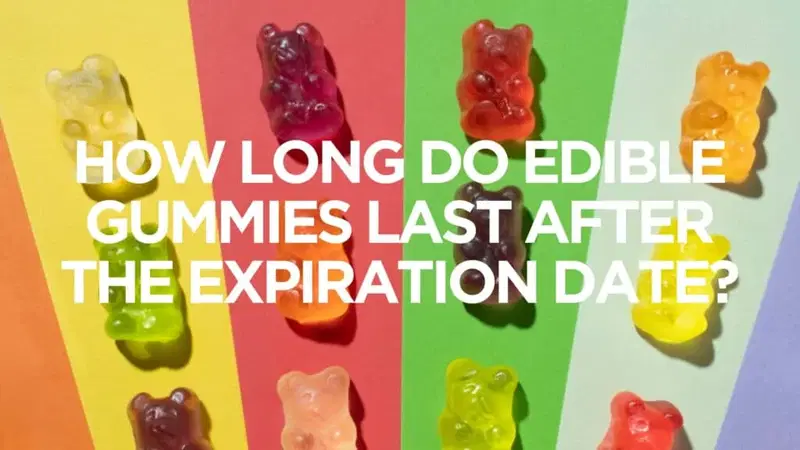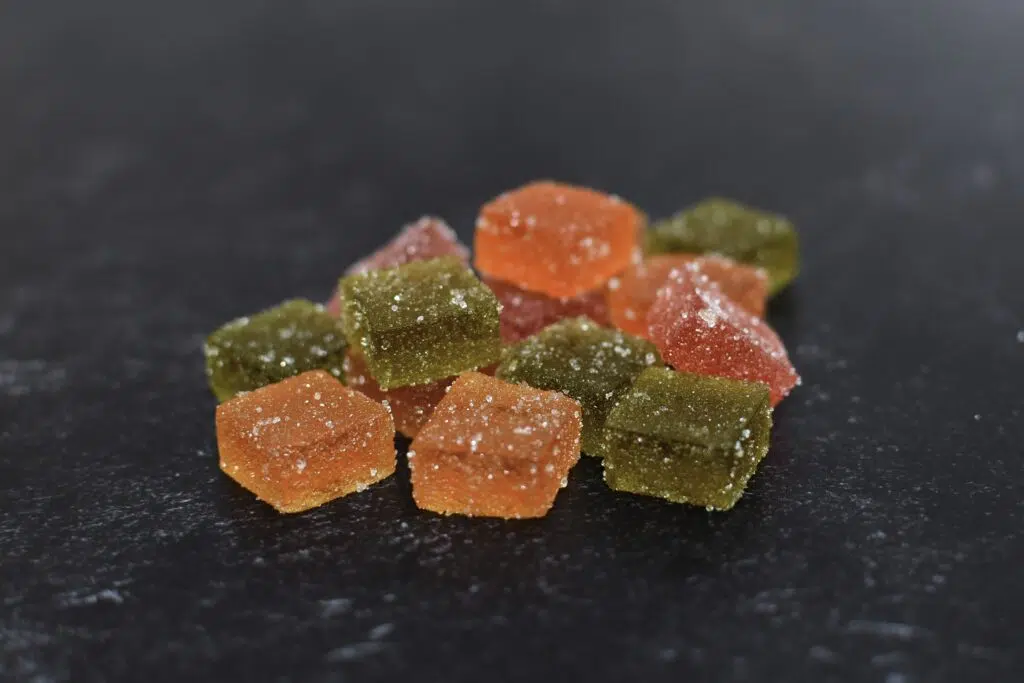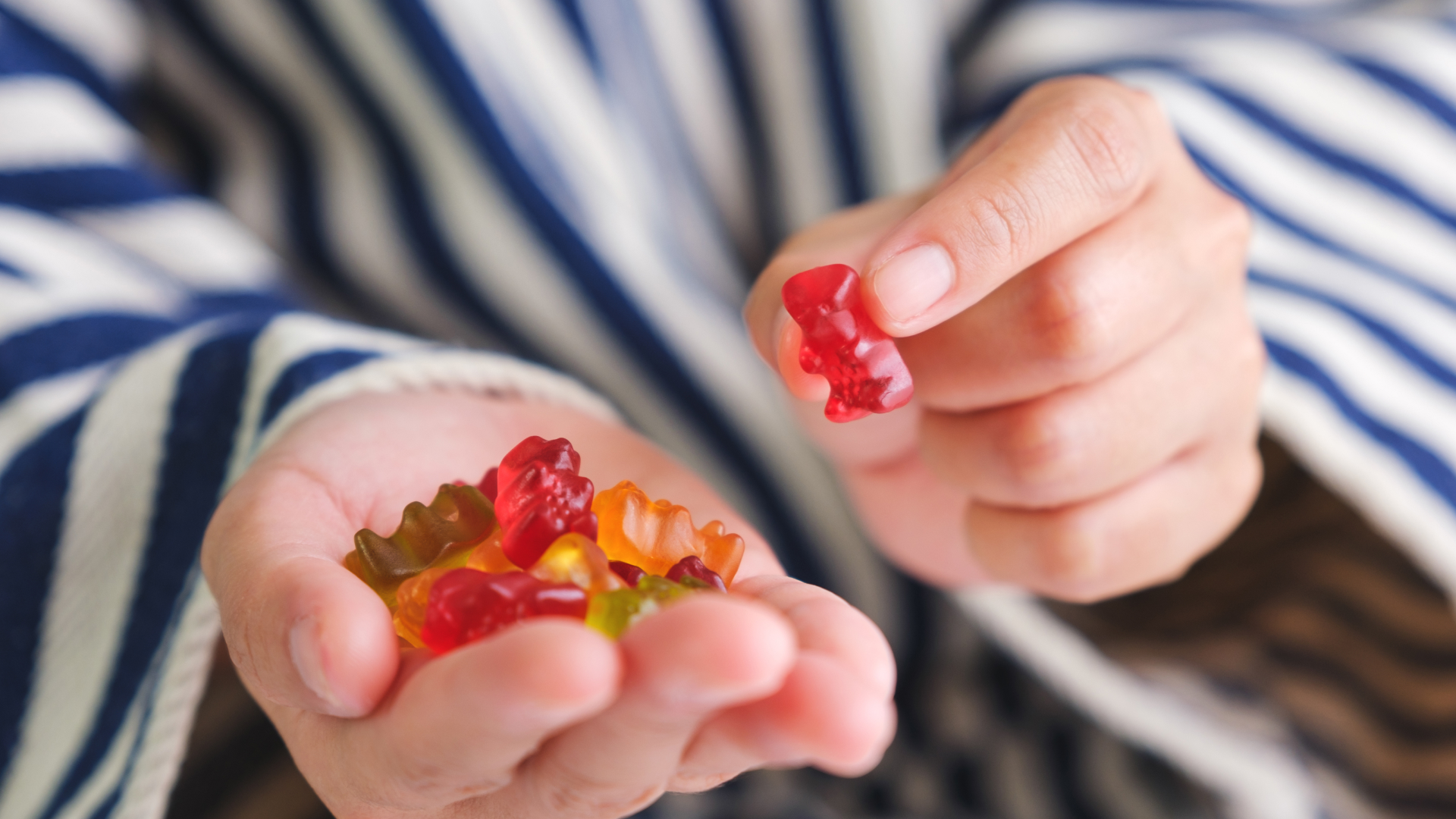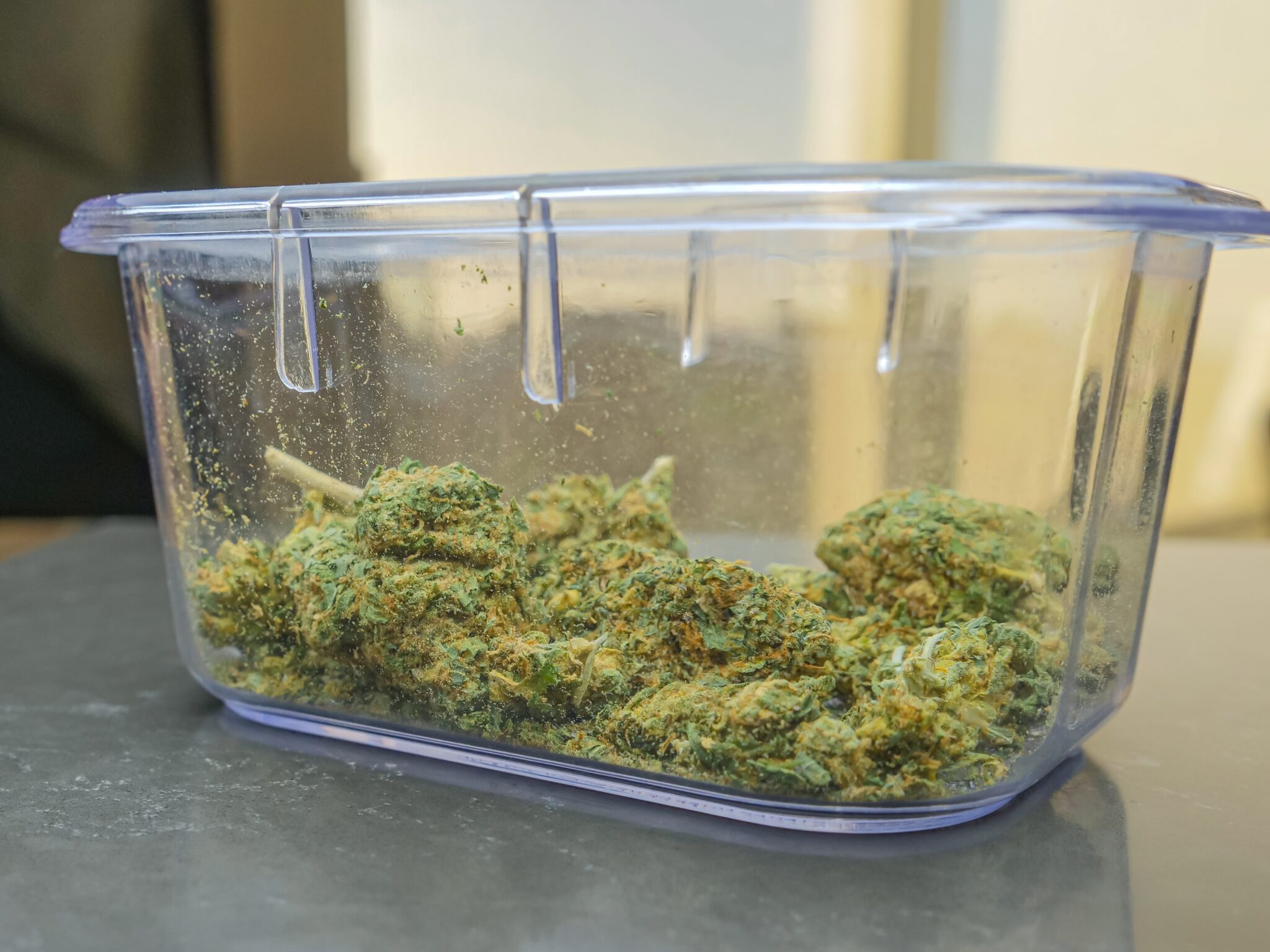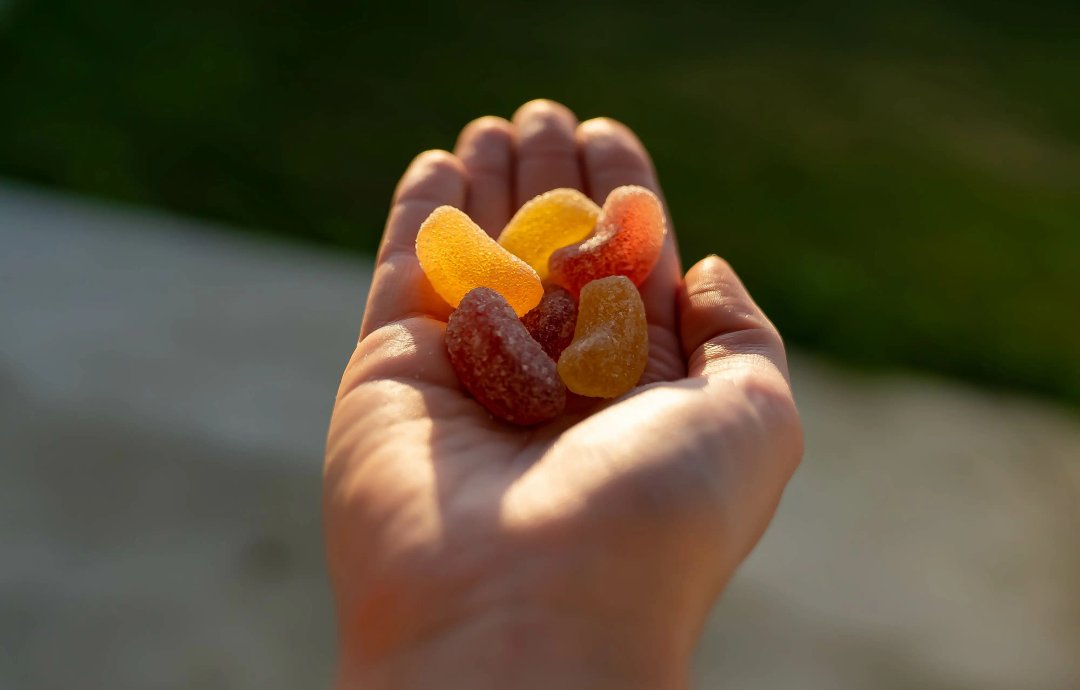Do Edibles Expire Or Go Bad

The popularity of edible cannabis products has surged in recent years, leading to increased curiosity about their shelf life and safety. Unlike traditional pharmaceuticals with clearly marked expiration dates, the longevity of edibles can be less straightforward. This raises important questions about whether edibles expire, how to identify spoilage, and the potential consequences of consuming old or degraded products.
This article will explore the factors that influence the shelf life of edibles, drawing upon expert opinions and available research. It will provide guidance on proper storage and consumption practices to help consumers make informed decisions about their cannabis-infused treats.
Understanding Edible Expiration: What You Need to Know
The question of whether edibles "expire" is complex because the term can be interpreted in different ways. While edibles may not become inherently toxic or dangerous after a certain date, their potency, flavor, and texture can degrade over time.
The Food and Drug Administration (FDA) doesn't specifically regulate cannabis edibles in the same way it does food products in many jurisdictions. This means that there isn't a standardized expiration dating system applied across the board.
Factors Influencing Edible Shelf Life
Several factors contribute to how long an edible remains safe and palatable. These include the type of edible, its ingredients, and storage conditions.
Type of Edible: Baked goods like cookies and brownies often have shorter shelf lives due to moisture content and the potential for mold growth. Candies and gummies, especially those with high sugar content, tend to last longer because sugar acts as a preservative.
Ingredients: Edibles containing fresh ingredients like fruits or dairy products will spoil faster than those made with shelf-stable ingredients. The presence of fats, such as butter or oil, can also lead to rancidity over time.
Storage Conditions: Heat, light, and moisture are the enemies of most edibles. Storing them in a cool, dark, and dry place will significantly extend their shelf life. Airtight containers are crucial for preventing moisture absorption and oxidation.
How to Identify Spoiled Edibles
Recognizing the signs of spoilage is essential for preventing the consumption of degraded or potentially harmful edibles. Visual cues, changes in smell, and altered texture are all indicators to watch for.
Visual Inspection: Look for signs of mold growth, discoloration, or changes in the edible's appearance. For example, gummies may become sticky or develop a cloudy film.
Smell Test: A rancid or off-putting odor is a strong indication that the edible has gone bad. This is particularly true for edibles containing fats or oils.
Texture Changes: If a baked good becomes excessively hard, dry, or crumbly, it may be past its prime. Gummies that are overly sticky or have a strange texture should also be avoided.
The Impact of Degradation on Potency
Even if an edible doesn't show obvious signs of spoilage, its potency can decrease over time. THC (tetrahydrocannabinol), the psychoactive compound in cannabis, is susceptible to degradation when exposed to heat, light, and oxygen.
This degradation process converts THC into CBN (cannabinol), a less psychoactive compound. While CBN may have some potential therapeutic benefits, it can also lead to a different and potentially less desirable experience for the user.
The rate of potency loss varies depending on the edible's composition and storage conditions. However, studies suggest that THC levels can decline significantly within a few months of production.
Best Practices for Storing Edibles
Proper storage is key to preserving the quality and potency of edibles. Following these guidelines can help extend their shelf life and ensure a more enjoyable experience.
Airtight Containers: Store edibles in airtight containers to prevent moisture absorption and oxidation. Vacuum-sealed bags or containers are ideal.
Cool, Dark, and Dry Place: Keep edibles in a cool, dark, and dry environment, away from direct sunlight and heat sources. A pantry or cupboard is often a suitable location.
Refrigeration or Freezing: For edibles containing perishable ingredients, refrigeration or freezing may be necessary. However, be aware that freezing can alter the texture of some edibles.
"Proper storage is paramount to maintaining the integrity of edible cannabis products," says Dr. Jane Doe, a cannabis researcher. "Consumers should prioritize airtight containers and controlled environments to minimize degradation."
Potential Risks of Consuming Expired Edibles
While consuming expired edibles may not always be dangerous, there are potential risks to consider. These include decreased potency, unpleasant taste and texture, and the possibility of consuming spoiled ingredients.
If an edible shows signs of mold growth or spoilage, it should be discarded immediately. Consuming moldy food can lead to digestive issues and other health problems.
Even if an edible doesn't appear spoiled, consuming it after an extended period may result in a weaker or altered high due to THC degradation. This can lead to unpredictable effects and an unsatisfactory experience.
The Bottom Line
Edibles, while convenient and enjoyable, do have a limited shelf life. Their quality and potency degrade over time, influenced by factors like ingredients, storage conditions, and the type of edible itself.
Consumers should prioritize proper storage practices, carefully inspect edibles for signs of spoilage, and be mindful of expiration dates (if provided). When in doubt, it's always best to err on the side of caution and discard any edibles that appear questionable.
By understanding the factors that contribute to edible expiration, consumers can make informed decisions and enjoy their cannabis-infused treats safely and responsibly.

![Do Edibles Expire Or Go Bad Do Edibles Go Bad? [Potency & Expiration Information]](https://flyhighseeds.com/wp-content/uploads/2024/12/fly-high-seeds-Do-Edibles-Go-Bad.jpg)
